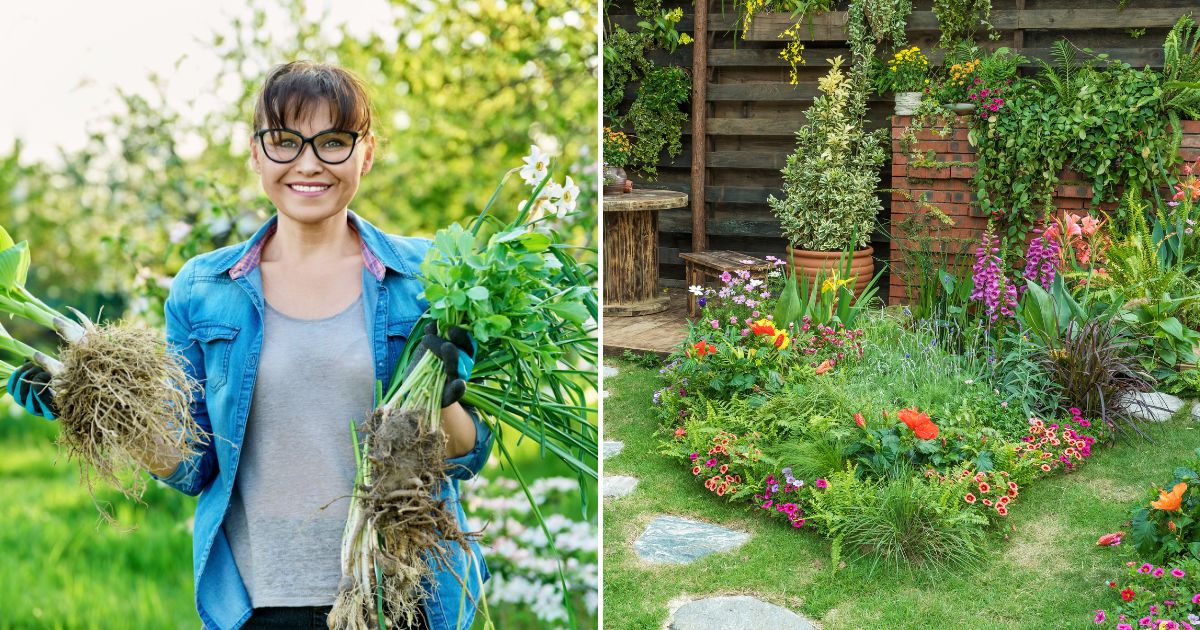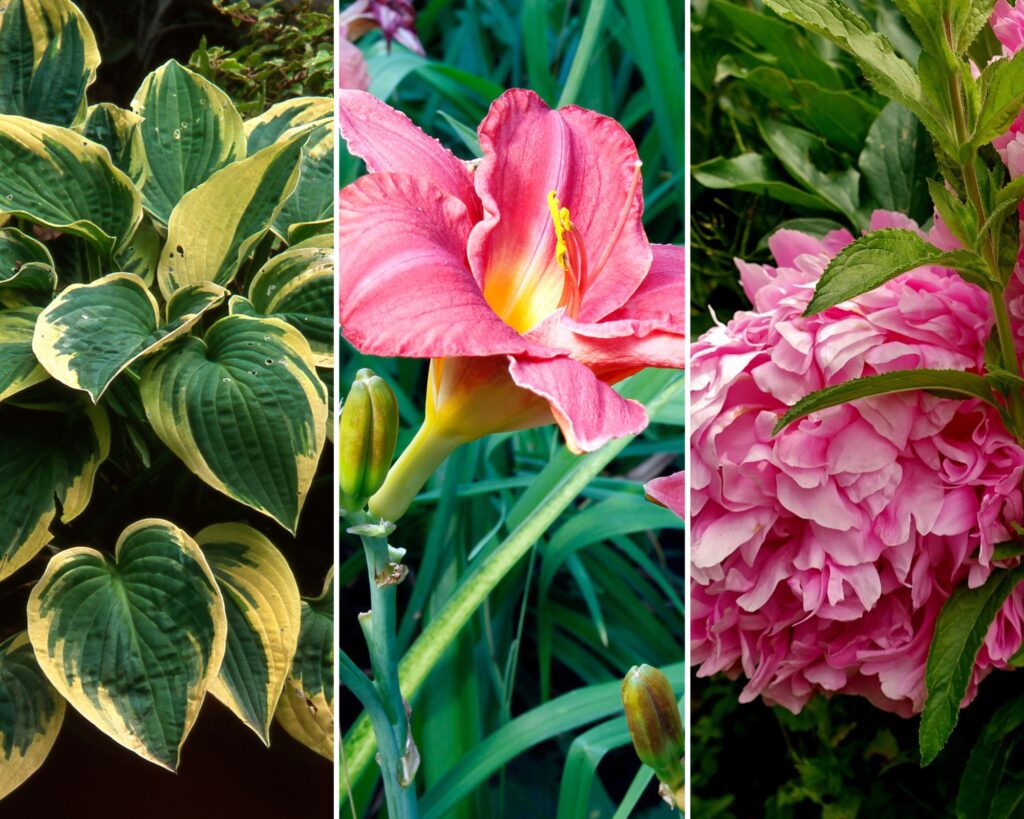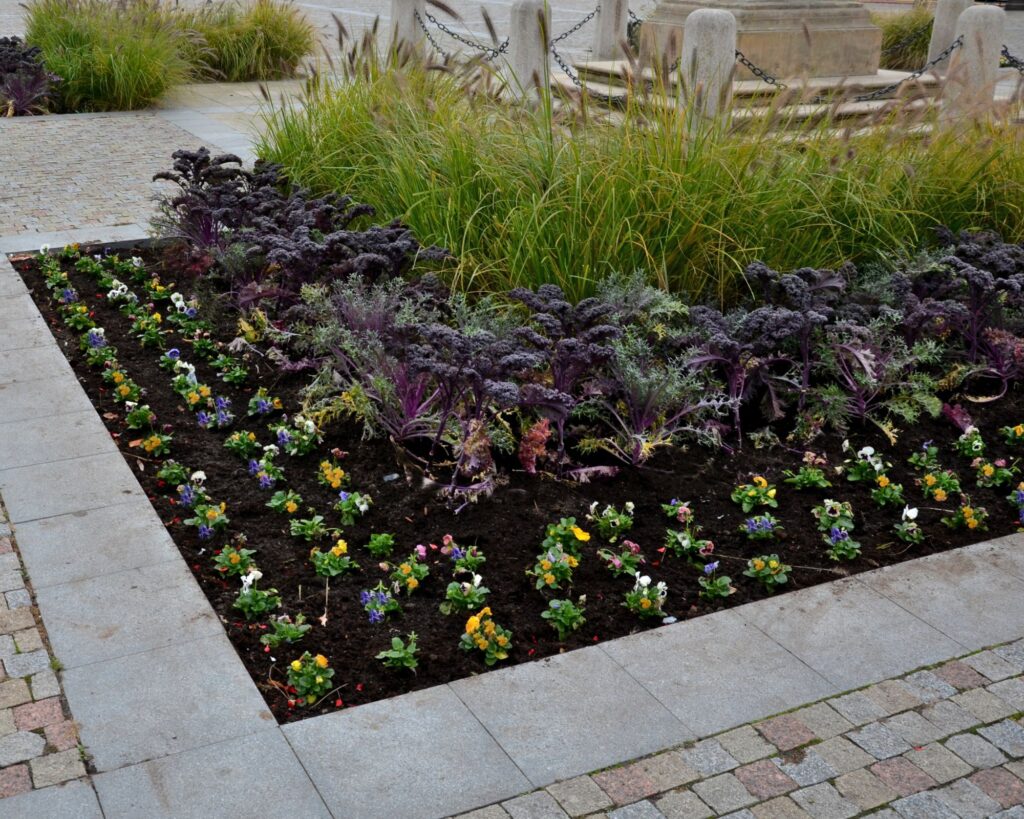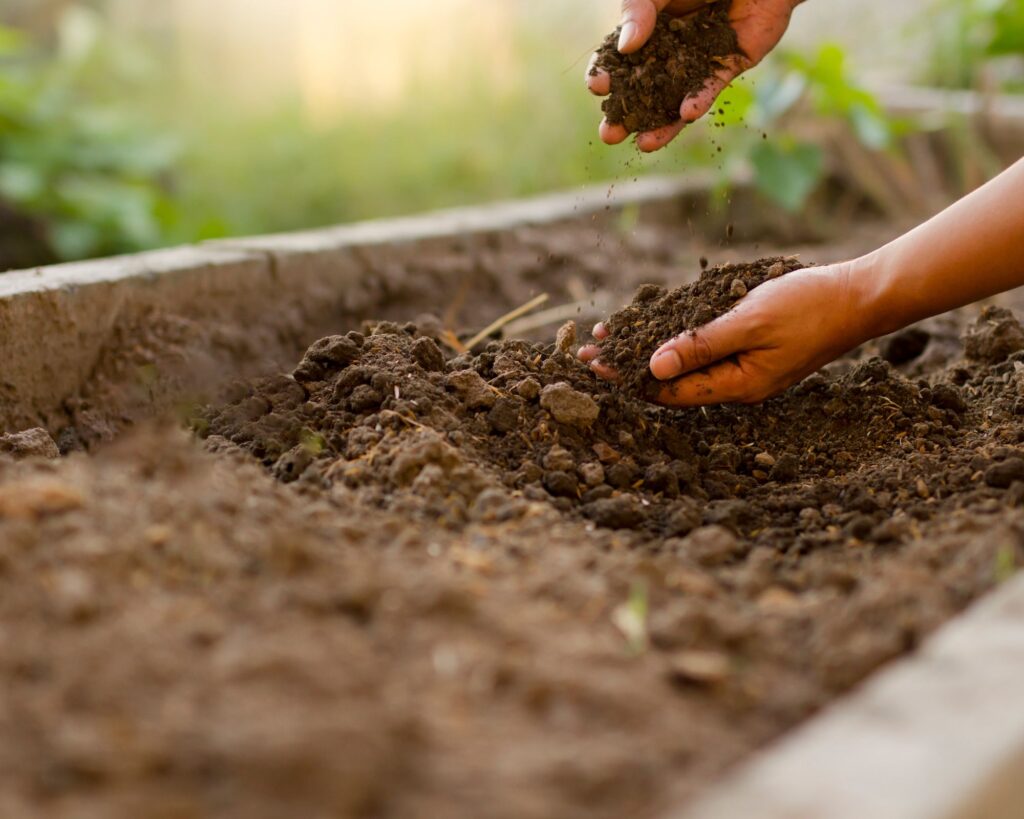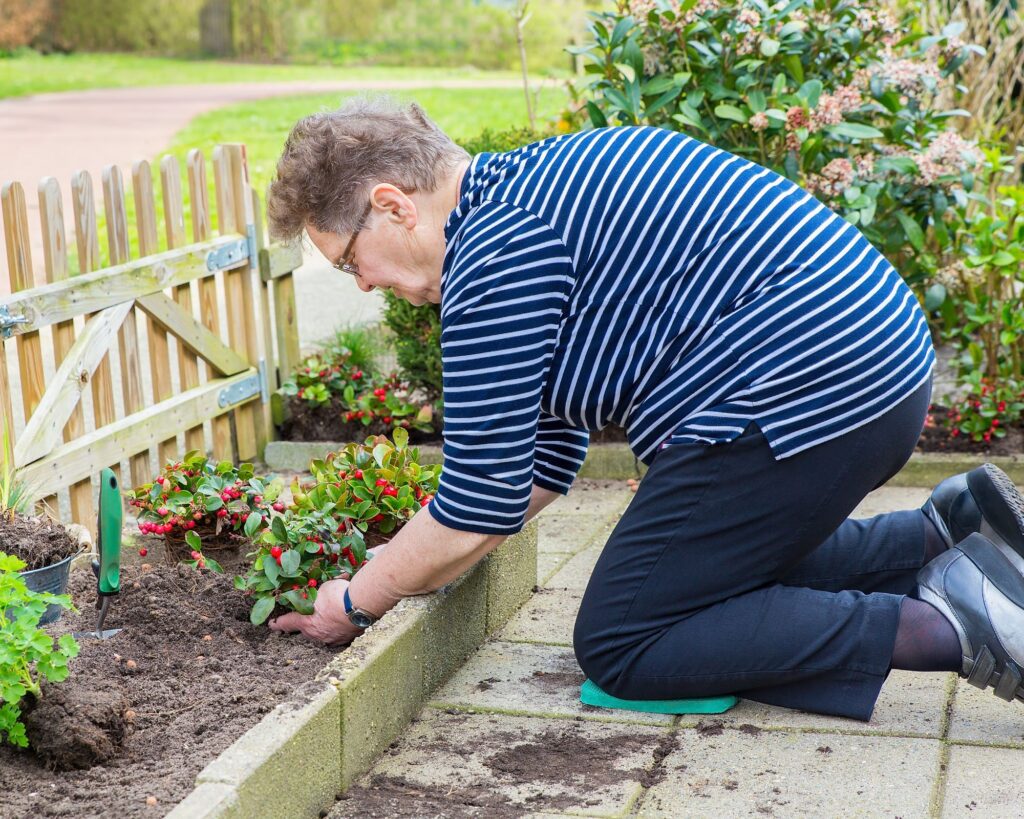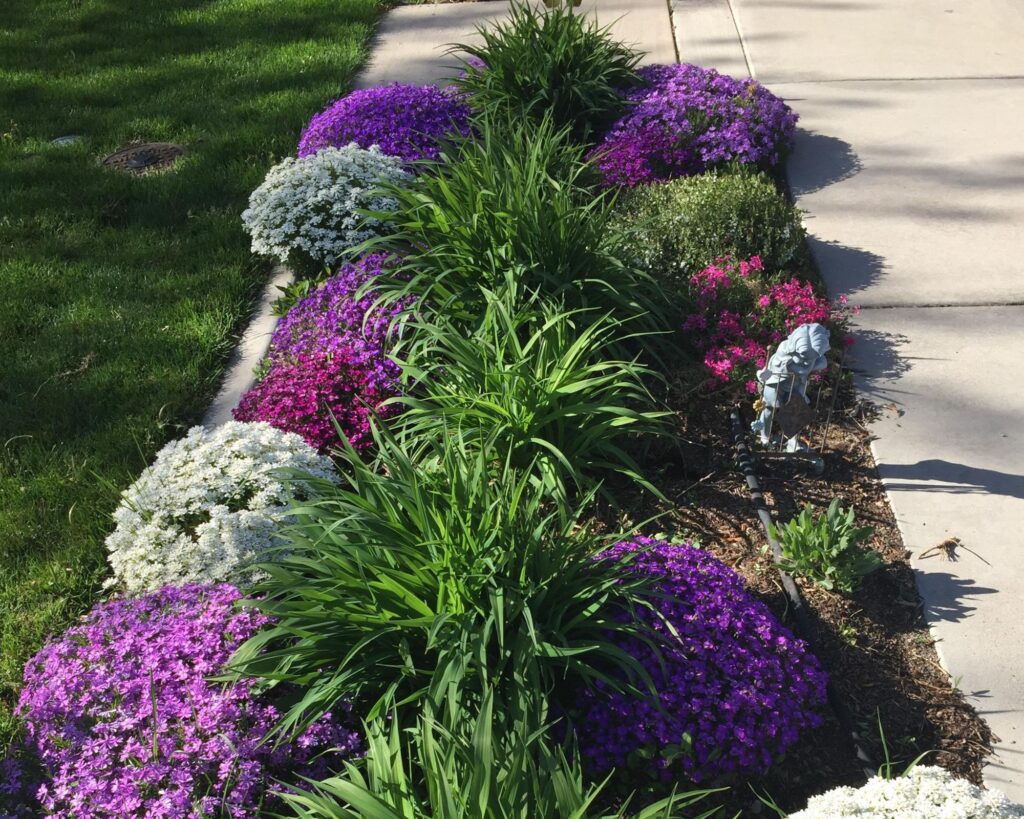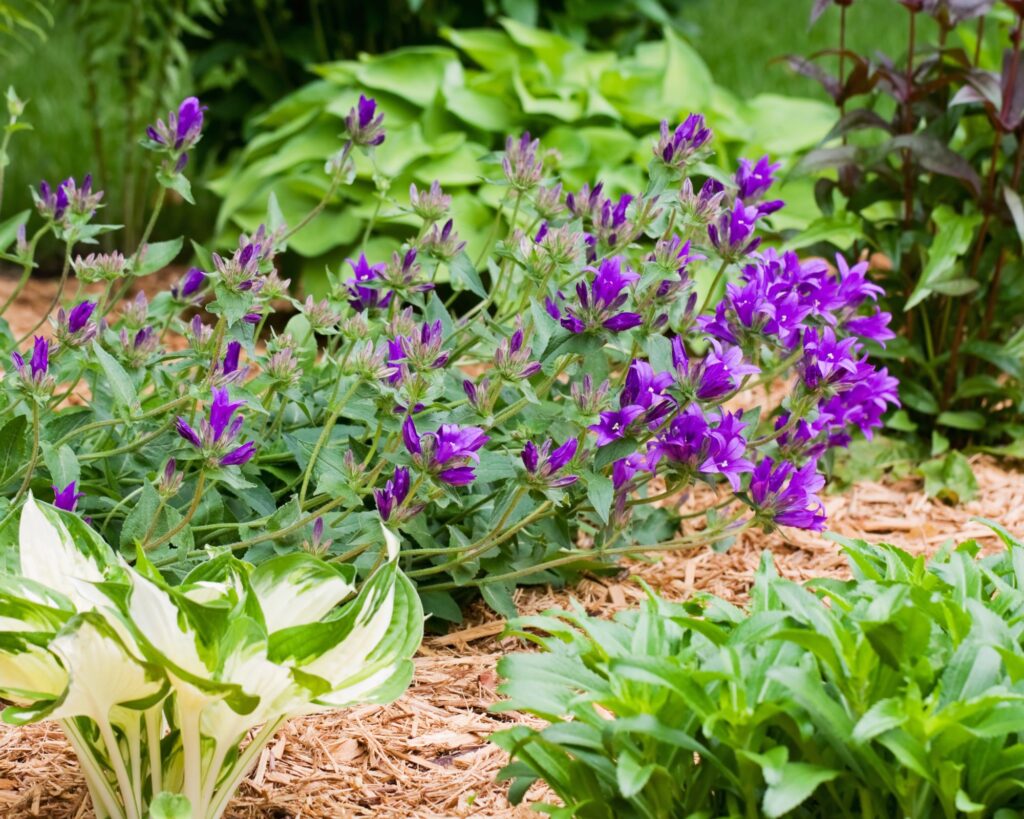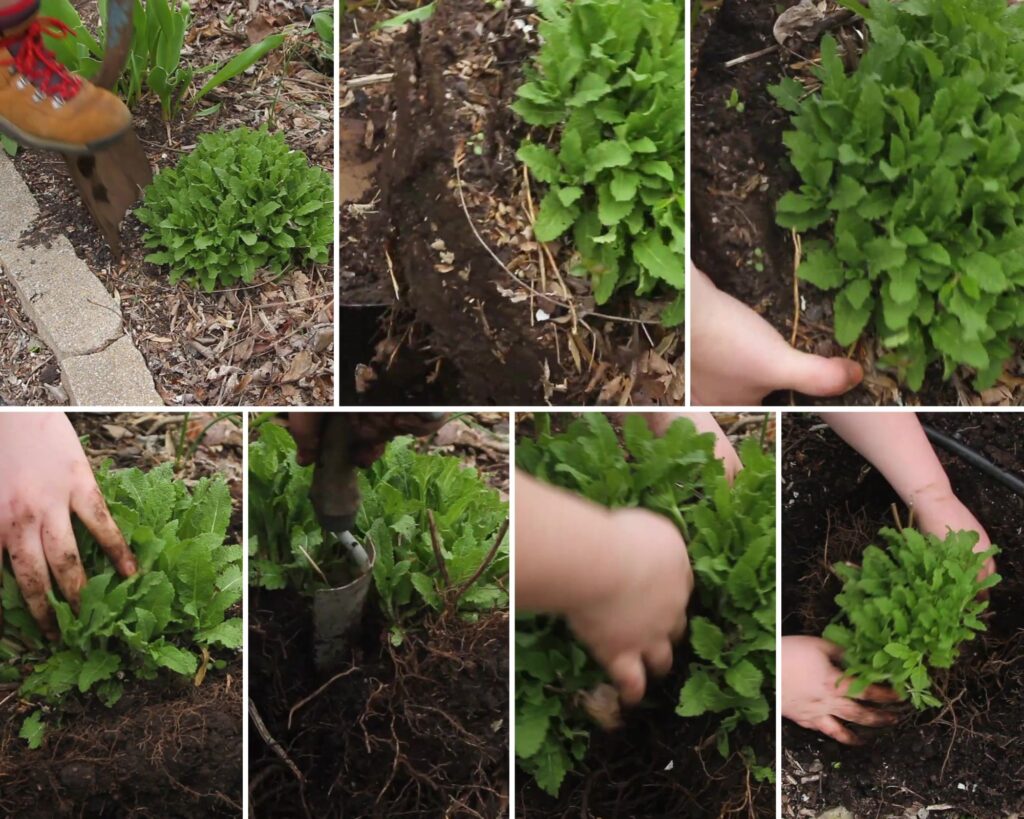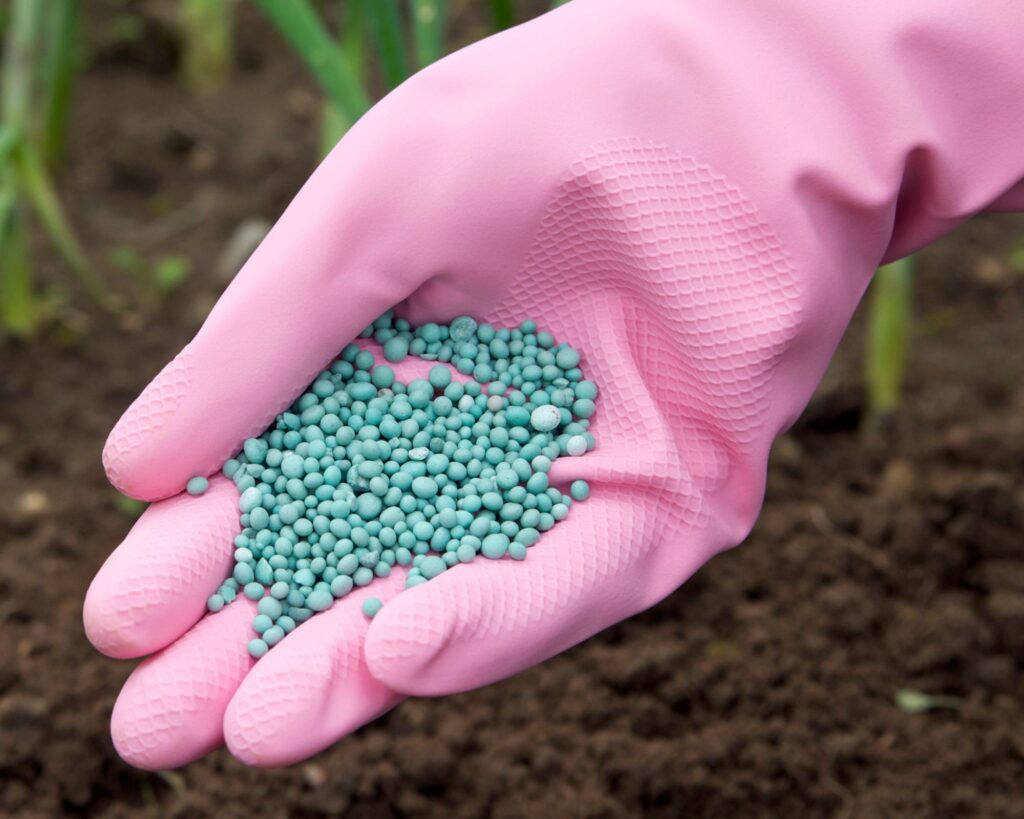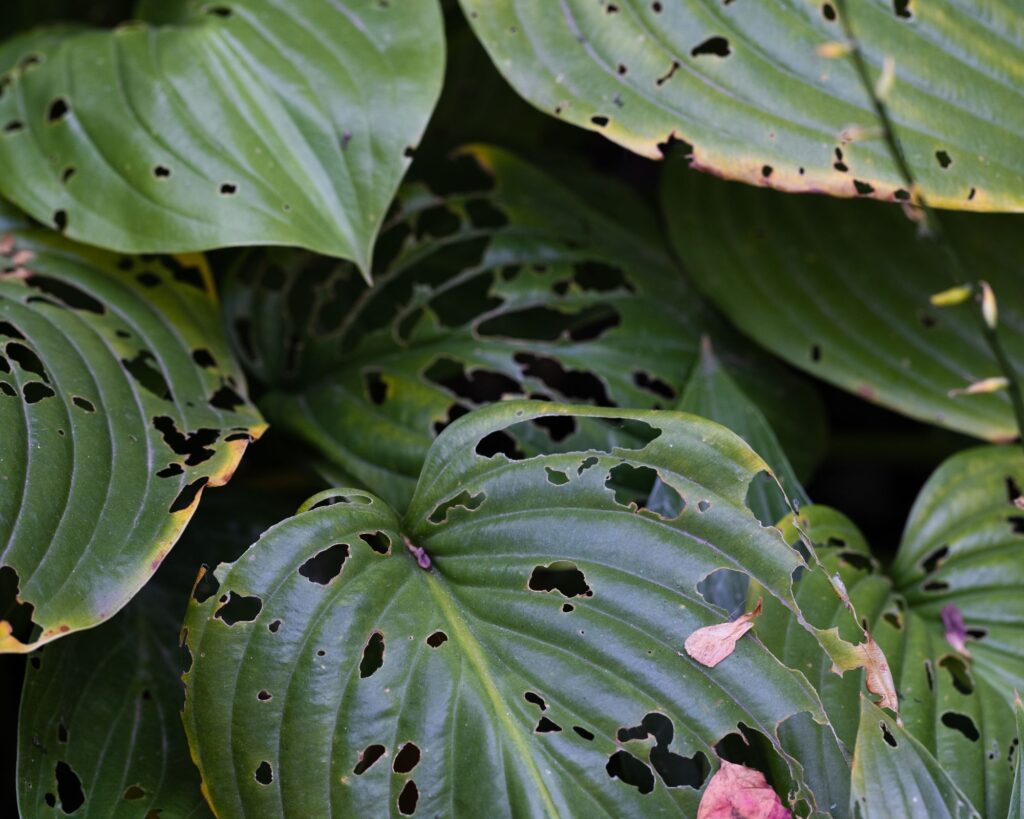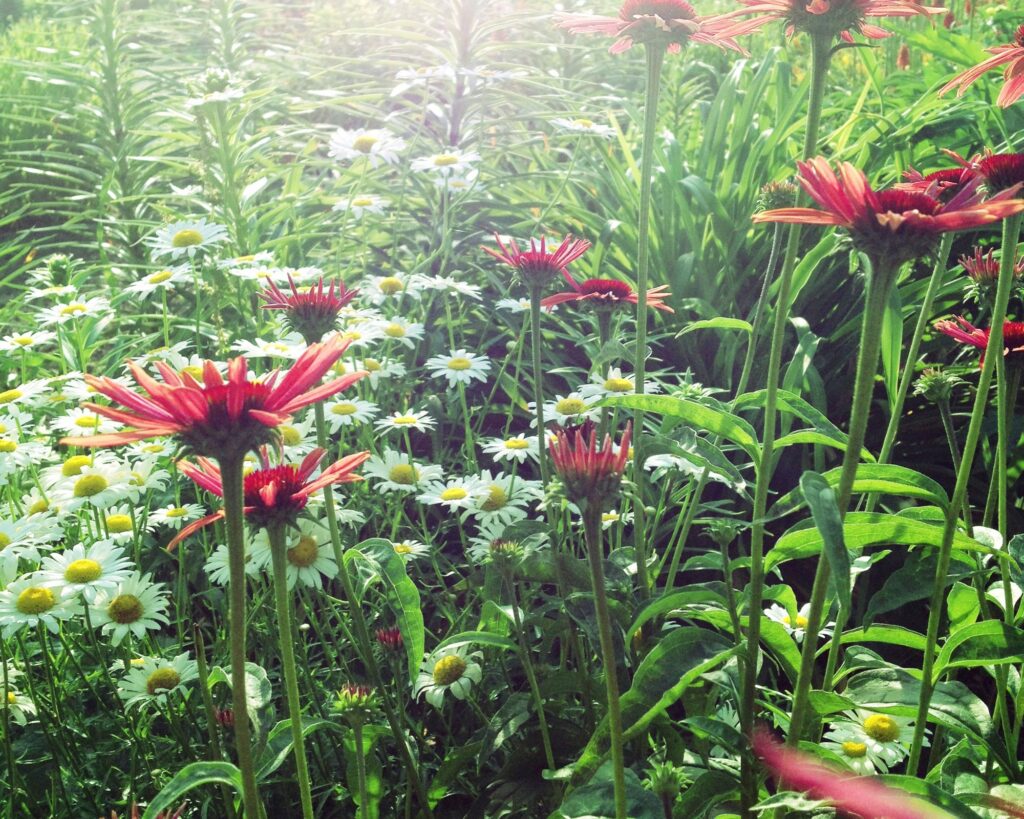Is your garden struggling to keep up with the summer heat? You’re not alone. Many gardeners face the challenge of keeping their plants alive under the relentless sun. But here’s the good news: by selecting the right heat-tolerant perennials, you can turn things around.
Imagine a garden that not only survives the summer but thrives in it—lush, vibrant, and full of life. Keep reading to discover how you can make this a reality with just a few simple choices.
Understanding Perennials
Perennials are plants that live for several years and regrow each season. Planting them in summer offers distinct advantages and specific care instructions.
Lifecycle of Perennials
Perennials return each year from their rootstock, differing from annuals which complete their lifecycle in one season. After blooming, their top growth may die back, but roots remain active.
During the growing season, perennials establish stronger roots. Not all perennials bloom in their first year; some need a season or two. With proper care, they can thrive for many years.
Some common perennials include:
- Hostas
- Daylilies
- Peonies
These plants benefit from periodic division to maintain vigor and health.
Benefits of Planting in Summer
Summer planting allows you to see the perennials at full growth, helping you better plan your garden layout. Warm soil conditions accelerate root establishment, leading to stronger plants.
Watering needs are higher in summer, so consistent moisture is crucial. Mulching helps retain moisture and keep roots cool.
Dividing and planting perennials in summer can rejuvenate older plants and increase your garden’s diversity. Be mindful of heat stress and provide shade if needed during the hottest parts of the day.
Preparation for Planting
Proper preparation ensures healthy growth and successful flowering. Focus on enriching the soil and picking perennials that thrive in your climate and garden.
Soil Preparation
Healthy soil is the foundation for vibrant perennials. Start by testing your soil to understand its pH and nutrient levels. You can use a home test kit or send samples to a local extension service.
Loosen the soil to a depth of 12-15 inches using a garden fork or tiller. This helps roots penetrate deeply and promotes proper drainage. Remove any large rocks, roots, or debris.
Amend your soil with organic matter like compost or well-rotted manure. This improves soil structure, adds nutrients, and enhances moisture retention. Aim for about 2-4 inches of organic matter mixed into the top layers.
Consider adding specific fertilizers based on your soil test results. Balanced fertilizers (e.g., 10-10-10) can supplement nutrient deficiencies. Follow the application rates on the package instructions to avoid over-fertilizing.
Selecting the Right Perennials
Choose perennials that fit your garden’s conditions. Evaluate sunlight exposure, soil type, and your local climate. Some perennials prefer full sun, while others thrive in shade.
Research the growth habits and mature size of your chosen plants. This helps in placing them correctly to avoid overcrowding. Taller plants should be positioned at the back of the garden bed, with shorter plants in the front for visibility and access to sunlight.
Review the plant’s hardiness zone to ensure it can withstand your region’s temperatures. Zones are categorized by the USDA and help you understand which perennials will survive winters in your area.
Check for disease resistance and pest tolerance. Healthy plants grow stronger and require less maintenance. Look for varieties bred to resist common issues in your area, as this saves you time and effort in maintaining your garden.
Planting Techniques
When planting perennials in the summer, it’s essential to focus on proper spacing, efficient watering methods, and effective mulching. These key techniques will ensure healthy growth and vibrant blooms.
Proper Spacing
Proper spacing is crucial to allow perennials to thrive. Crowded plants compete for light, water, and nutrients, leading to stunted growth. When planting, check the instructions on the plant tag and adhere to recommended distances.
Use a measuring tape or ruler for accuracy. Aim to space plants so they can grow without overlapping. If necessary, mark spots with small stakes to guide you. Adequate room between perennials promotes better air circulation, reducing the risk of diseases.
Watering Best Practices
Watering your perennials properly is essential for their health. Water deeply but infrequently. This encourages roots to grow deeper, making plants more drought-resistant. Early morning is the best time to water because evaporation rates are lower, and foliage has time to dry before evening.
Use a soaker hose or drip irrigation to direct water to the base of the plants. This method reduces water waste and prevents fungal diseases caused by wet leaves. Avoid overhead watering, especially during hot afternoons.
Mulching Methods
Mulching benefits include moisture retention, weed suppression, and temperature regulation. Apply a 2-3 inch layer of organic mulch like shredded bark, straw, or compost around your perennials. Keep mulch a few inches away from the plant stems to prevent rot.
Mulch helps maintain consistent soil moisture by reducing evaporation. It also minimizes weed growth, saving you time and effort. Additionally, as organic mulch decomposes, it adds valuable nutrients to the soil, enhancing plant health.
Dividing Perennials
Dividing perennials helps rejuvenate plants, controls their size, and allows you to spread your garden’s beauty. Timing, technique, and aftercare are crucial for success.
When to Divide
Divide spring and summer-blooming perennials in late summer to early fall, when temperatures are cooler. For fall-blooming varieties, early spring is ideal. Avoid dividing during the peak of summer heat to reduce stress on the plants.
Ensure the plants are well-watered a day before you plan to divide them. Look for signs like overcrowded growth or reduced flowering as indicators that it’s time to divide.
How to Divide
Begin by digging up the entire plant using a garden fork or spade. Shake off excess soil to expose the roots. Use a sharp knife or spade to cut the root ball into smaller sections, ensuring each division has several healthy roots and shoots.
Source: YouTube
Be gentle to minimize damage to the roots. Plant the new sections at the same depth as the original plant. Water immediately after planting to help them settle.
Aftercare for Divisions
Water the newly planted divisions well and keep the soil consistently moist but not waterlogged. Mulch around the plants to retain moisture and prevent weeds.
Monitor for any signs of wilting or stress, especially during the first few weeks. Fertilize with a balanced, slow-release fertilizer to promote growth. Avoid heavy fertilizing which can stress the plant.
Ongoing Care and Maintenance
Proper ongoing care and maintenance of your perennials are essential to ensure their health and vitality. Key areas to focus on include appropriate fertilization and managing pests and diseases effectively.
Fertilization Schedule
Maintaining a consistent fertilization schedule helps your perennials thrive. Early summer is an excellent time to apply a balanced, slow-release fertilizer. This promotes steady growth and blooming. You can use granular or liquid fertilizers, depending on your preference and the specific needs of your plants.
Mid-summer requires a boost with a water-soluble fertilizer high in phosphorus, which aids in blossom production. Avoid over-fertilizing, as this can lead to weak growth and susceptibility to diseases. Late summer is the right time to reduce fertilization. This allows plants to prepare for dormancy, focusing energy on root development rather than foliage growth.
Bulleted list for types of fertilizers:
- Balanced slow-release fertilizer (early summer)
- Water-soluble high-phosphorus fertilizer (mid-summer)
- Reduction of fertilization (late summer)
Dealing with Pests and Diseases
Monitor your perennials regularly for signs of pests and diseases. Early detection can prevent major infestations. Common pests like aphids and slugs can be managed with natural sprays or traps. For aphids, insecticidal soap solutions work well. Slug traps can be set at the plant base to reduce their population.
Diseases like powdery mildew and root rot require immediate attention. Prune affected leaves and ensure proper spacing between plants to improve air circulation. If necessary, apply organic fungicides to combat fungal diseases. Keeping your garden clean by removing debris and fallen leaves can also minimize disease spread.
Important steps to manage pests and diseases:
- Regular monitoring
- Natural sprays and traps for pests
- Pruning and spacing for air circulation
- Use of organic fungicides
Summer provides the perfect opportunity to refresh your garden by planting and dividing perennials. With careful planning, proper soil preparation, and attention to watering and mulching, your garden can flourish even in the hottest months.
Dividing perennials not only revitalizes older plants but also contributes to the overall diversity and beauty of your garden. By selecting the right heat-tolerant varieties and following best practices for planting, you set the stage for a resilient and vibrant perennial garden that will thrive for years to come.
Regular maintenance, including appropriate fertilization and vigilant pest and disease management, ensures that your garden remains healthy and continues to offer visual appeal throughout the seasons.
